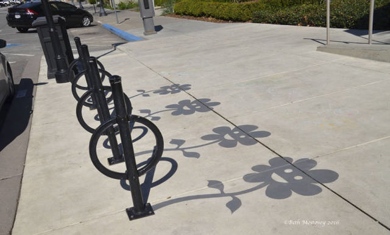The Big Picture: Our Planet Is Full Of Giants (15 pics)
Sequoia trees
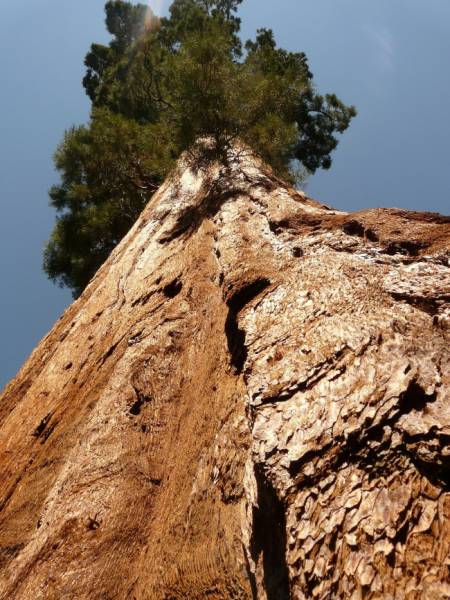
Sequoia trees are the biggest living things on this planet (by volume). They can grow up to 275 feet tall and 26 feet in diameter.
Amphicoelia

Amphicoelia is the biggest animal that ever lived on Earth. These herbivore dinosaurs lived 145-161 million years ago. They could reach 58 meters in length, and one vertebra of this animal was 2.5 meters.
Titanoboa
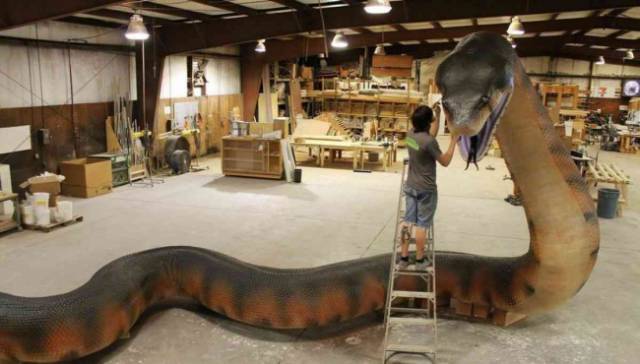
Titanoboa is a close relative of a boa but so much bigger. Titanoboa lived 58-61 million years ago and could reach 13 meters in length. A reticulated python living on our planet nowadays can only grow up to 7.5 meters.
Jackfruit
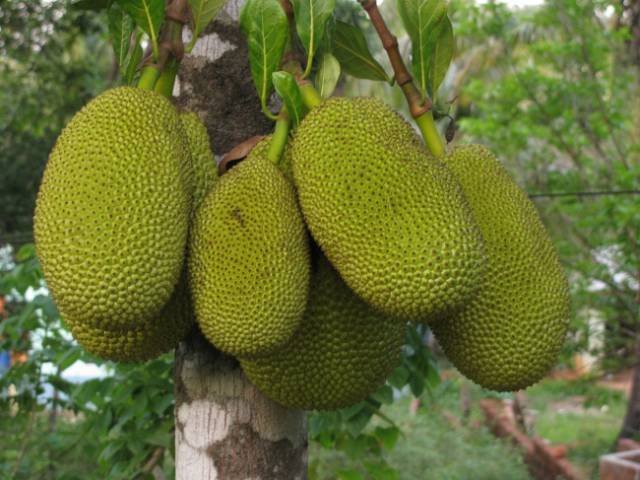
Jackfruit is the biggest tree-grown fruit in the world. It can reach 90 cm in length and 50 cm in diameter.
Argentavis
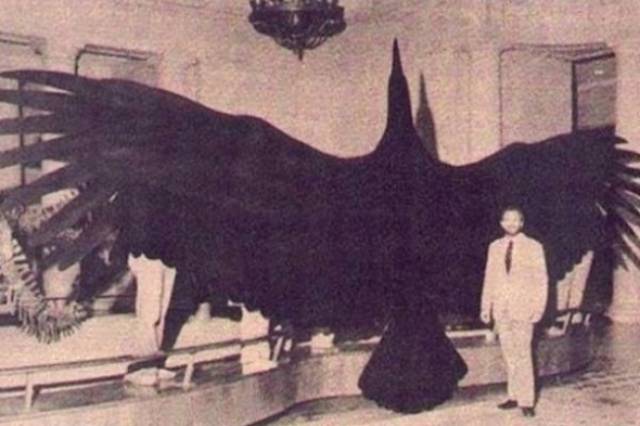
Argentavis lived 5-8 million years ago. It is one of the largest birds in Earth’s history. The spread of its wings could reach almost 7 meters, and it ate rodents.
The Paradise Cave
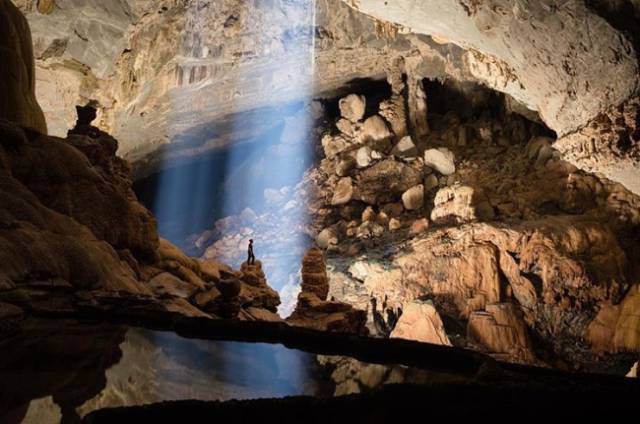
One of the caves in the Phong Nha-Kẻ Bàng National Park in Vietnam was named the biggest and most beautiful cave in the world. The biggest chamber is more than 5 kilometers long, 200 meters high, and 150 meters wide.
Rafflesia

Rafflesia is the largest flower on Earth. It can reach over 100 centimeters in diameter. The flower is also known for its smell of rotting flesh.
Giant deer
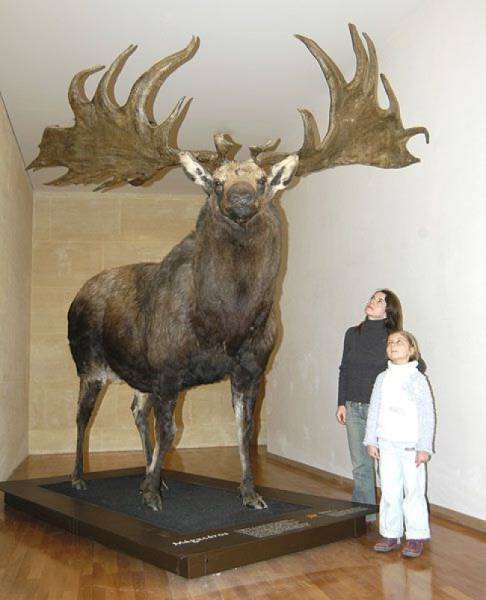
Irish elk, or giant deer, appeared about 2 million years ago. When forests started spreading into open spaces, giant deer died out because their large antlers (over 5 meters wide) made it impossible for them to move through dense branches.
The Humongous Fungus

Armillaria ostoyae (which is colloquially named the Humongous Fungus) is one of the largest living organisms on Earth. It covers 8.4 square kilometers in the Malheur National Forest in Oregon and is mostly hidden underground.
Merostomes
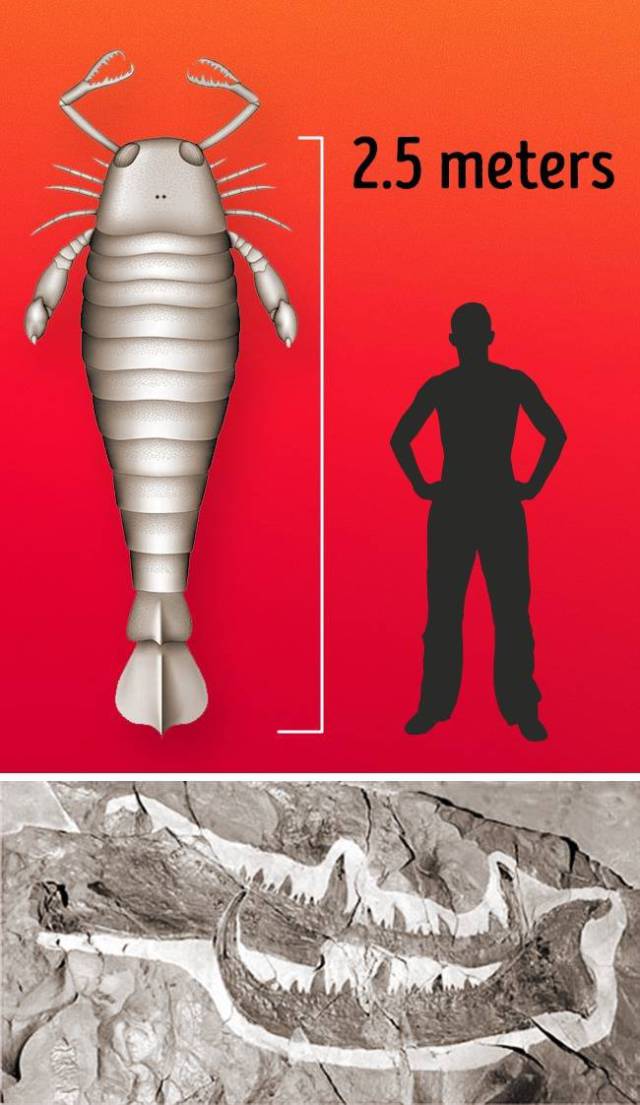
Merostomes are the largest known arthropods. They could grow up to 2.5 meters, and they lived 248-510 million years ago.
The Great Barrier Reef
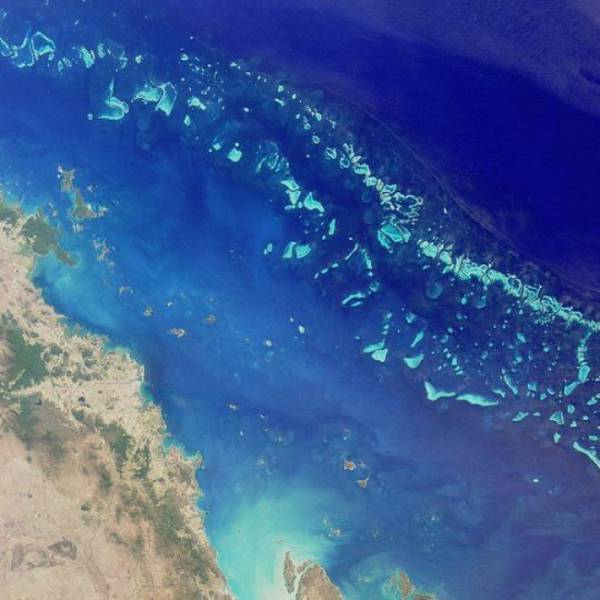
The Great Barrier Reef is the world’s biggest single structure made by living organisms. Located in the Coral Sea, it stretches for over 2,300 kilometers over an area of approximately 344,400 square kilometers.
Giant short-faced bear

When a giant short-faced bear stood up on its hind legs, it could reach 4.5 meters in height. With its extra powerful jaws, it was one of the largest carnivorous mammals that lived on Earth during the Ice Age. These bears died out 14,000 years ago.
Gigantopithecus
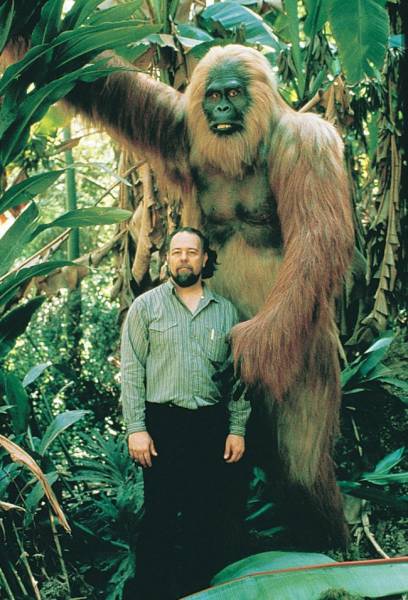
Gigantopithecus was the largest ape of all time, and it lived about 1 million years ago. It is hard to make any certain conclusions based on the rare remains. However, scientists believe that a gigantopithecus was up to 4 meters in height, 550 kilos in weight, and ate mostly bamboo.
Quetzalcoatl
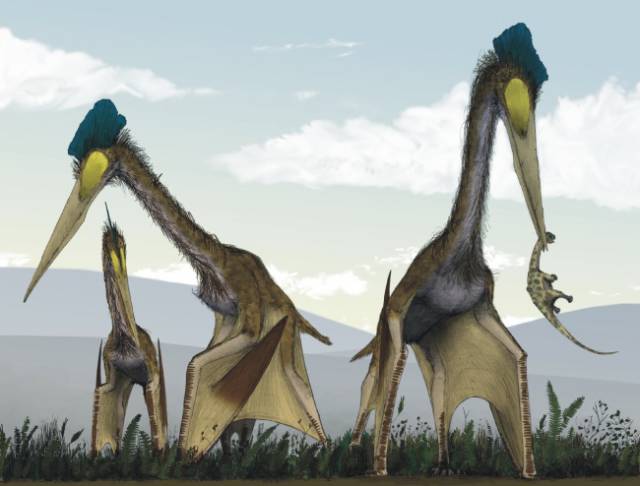
Quetzalcoatl lived 66-68 million years ago. It was the largest pterosaur and the biggest flying animal in the planet’s history. The spread of its wings was 12-15 meters, and it fed on carrion and small vertebrates.
Blue whale
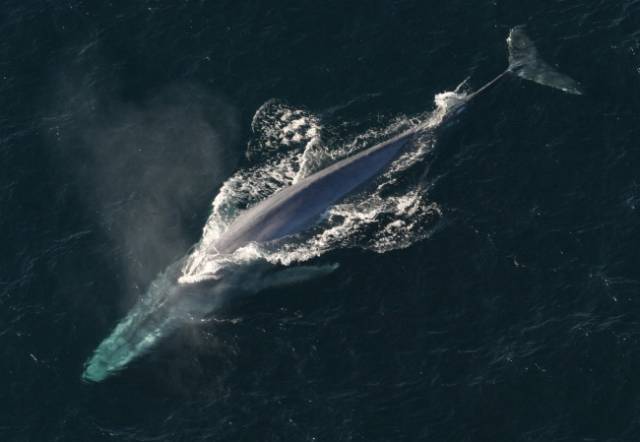
Source : brightside.me
The blue whale is the largest animal living on Earth today, and it is also the largest animal in Earth’s history. It reaches 33 meters in length and 150 tons in weight. By the 1960s, the blue whales were nearly all killed, with only 5,000 animals remaining. Today there are no more than 10,000 blue whales, and it is sheer joy to see one of them in nature.

